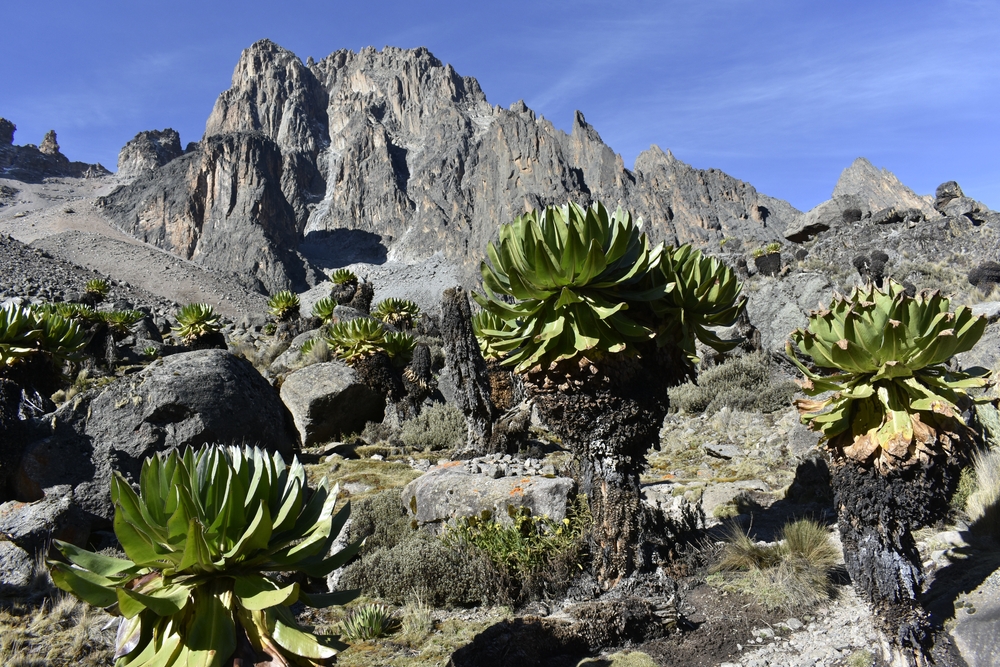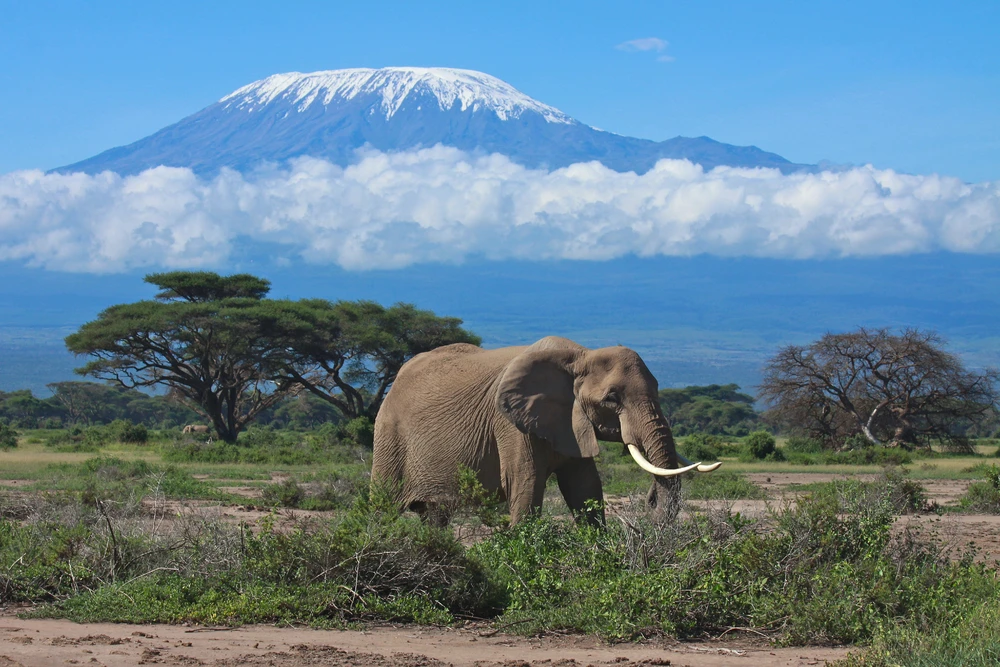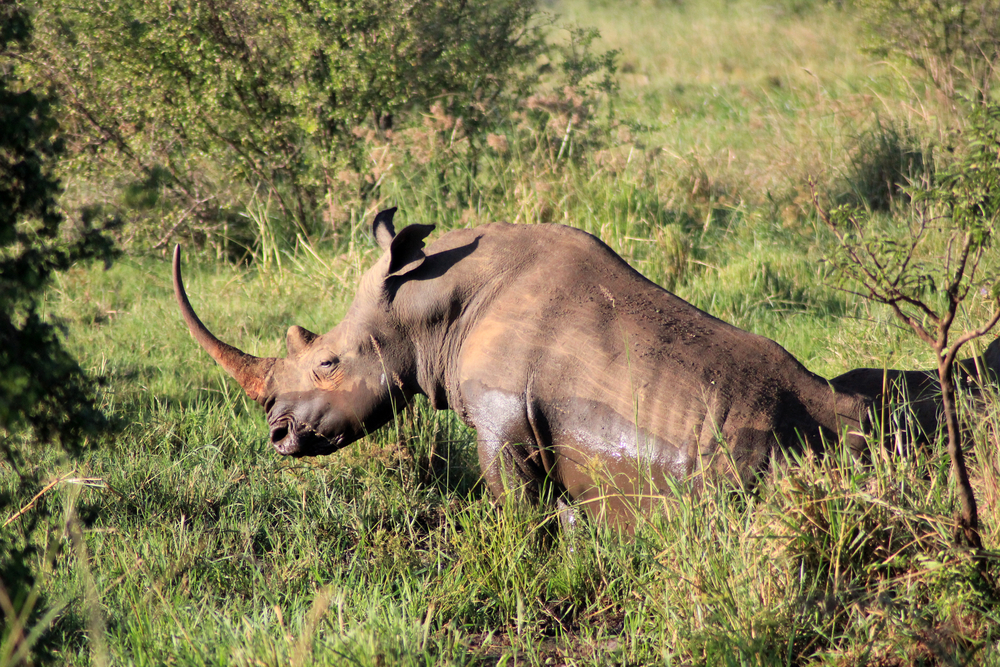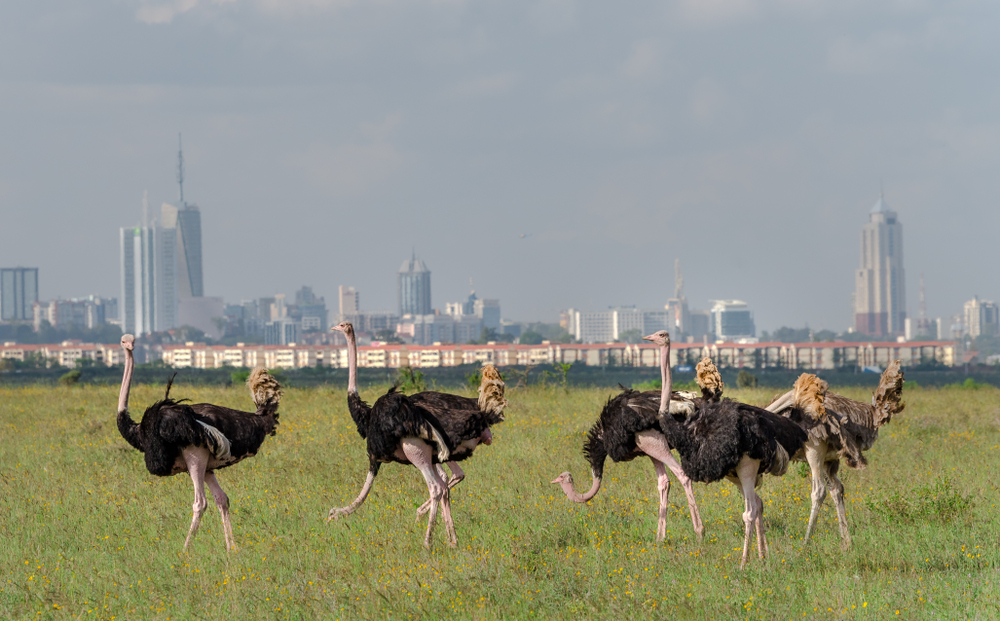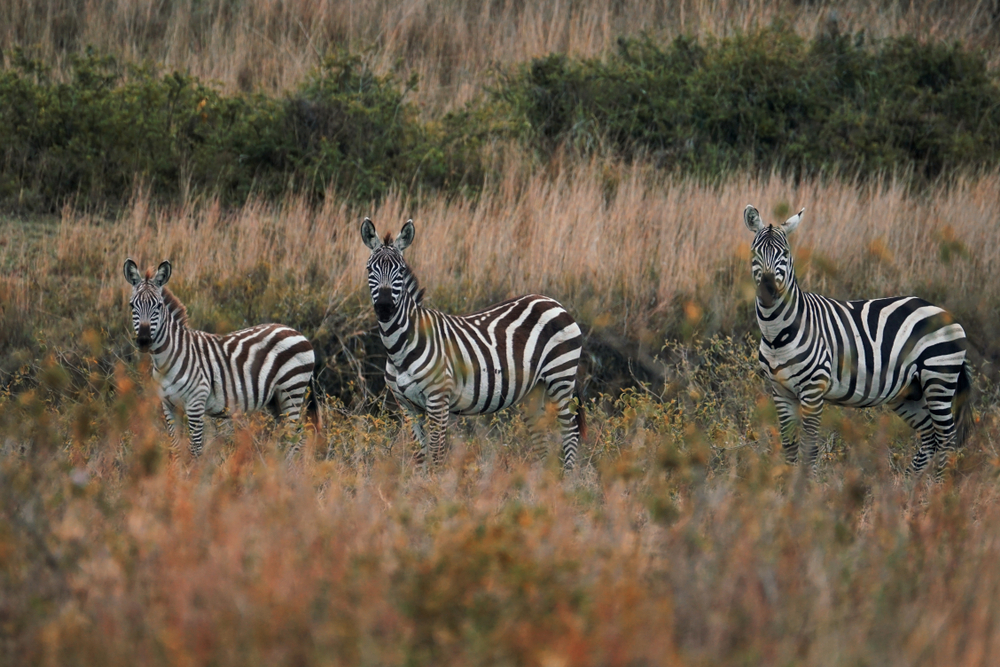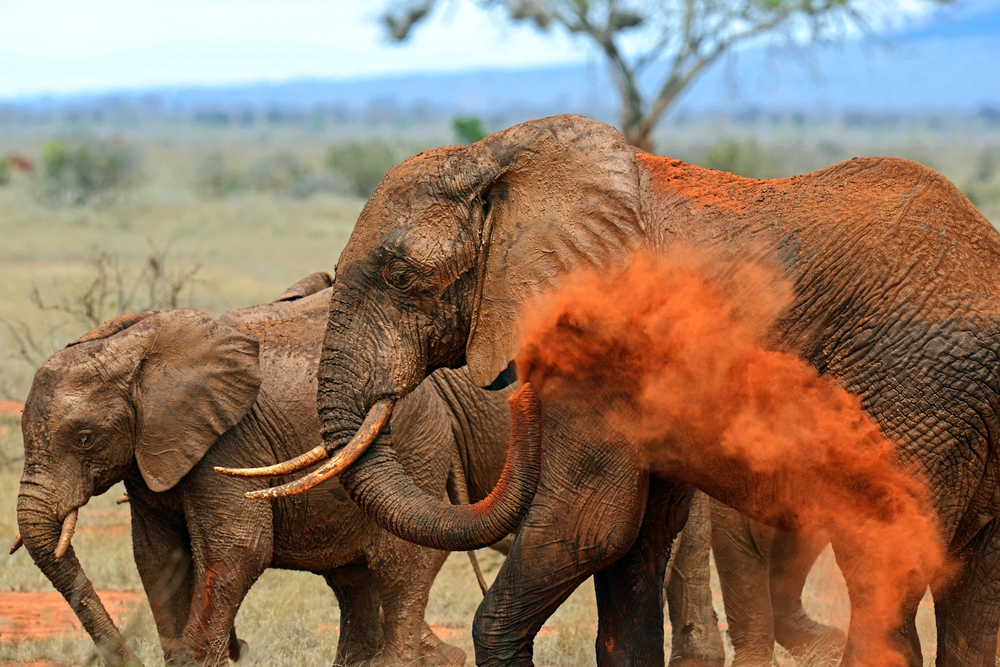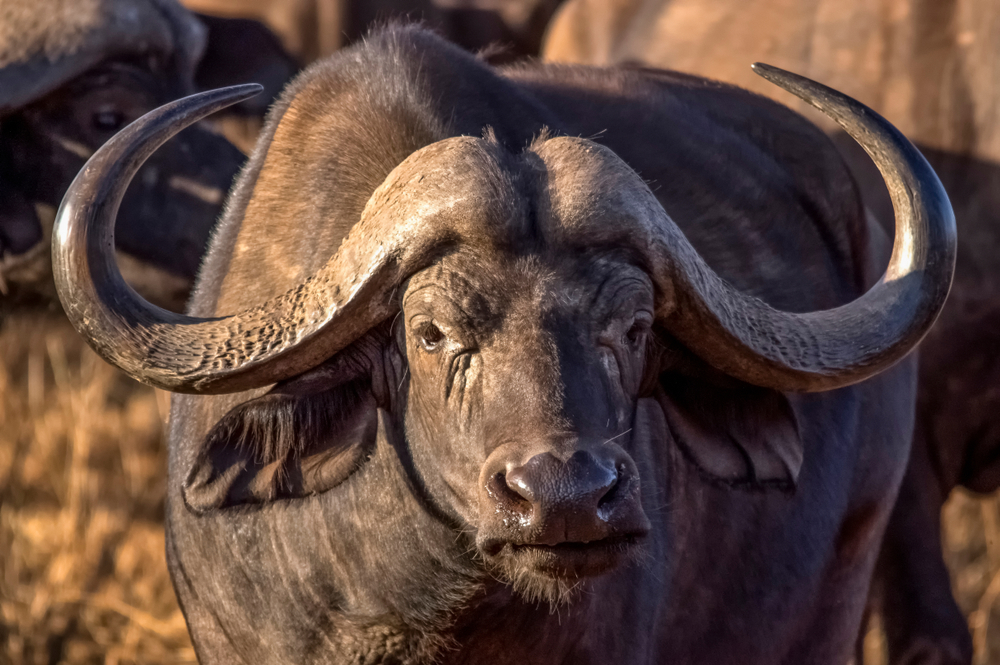Mount Kenya Overview
Mount Kenya National Park, known locally as Hifadhi ya Kitaifa ya Mlima Kenya, is a UNESCO World Heritage Site and a breathtaking natural gem in Kenya. Located in the central highlands and spanning an area of approximately 715 square kilometers (276 square miles), the park is centered around Mount Kenya, Africa’s second-highest peak, standing at an awe-inspiring 5,199 meters (17,057 feet) above sea level. This iconic mountain is a dormant stratovolcano, whose rugged peaks, glaciers, and diverse ecosystems captivate adventurers and nature lovers alike.
The park’s landscape is a testament to natural beauty, ranging from alpine moorlands and bamboo forests to pristine lakes and cascading waterfalls. Among the highlights are the scenic Lake Ellis, Lake Michaelson, and the striking Nithi Falls, each offering tranquil settings surrounded by dramatic mountain scenery. The Sirimon, Chogoria, and Naro Moru routes are the most popular trekking paths, each providing unique vistas and challenges for hikers and climbers.
Mount Kenya National Park is renowned for its rich biodiversity and ecological significance. The lower slopes of the mountain are home to dense montane forests teeming with wildlife such as elephants, buffalos, and colobus monkeys. As you ascend, the vegetation transitions to bamboo forests, moorlands, and unique alpine flora, including the giant lobelia and senecio plants, which are endemic to this region. The park also shelters elusive predators such as leopards and hyenas, while bird enthusiasts can spot species like the Jackson’s francolin, sunbirds, and the striking lammergeier.
The park is deeply rooted in cultural and spiritual significance for the Kikuyu people, who regard Mount Kenya as the home of their god, Ngai. This sacred connection enhances the park’s cultural importance, offering a blend of natural wonder and heritage.
Mount Kenya National Park provides a variety of outdoor activities for visitors, including hiking, rock climbing, camping, and wildlife safaris. Trekkers can ascend to Point Lenana, the mountain’s third-highest peak, which offers breathtaking sunrise views for those who brave the pre-dawn climb. The lower forested zones are ideal for nature walks and birdwatching, while the crystal-clear streams provide opportunities for trout fishing.
Conservation efforts at Mount Kenya National Park focus on protecting its unique ecosystems and combating environmental challenges. The park plays a crucial role in water catchment, supplying freshwater to millions of people and supporting agriculture in Kenya. Initiatives led by the Kenya Wildlife Service and conservation partners include reforestation projects, anti-poaching patrols, and community education programs aimed at fostering sustainable coexistence with nature.
In summary, Mount Kenya National Park is a natural and cultural treasure offering awe-inspiring landscapes, diverse wildlife, and adventure opportunities. It stands as a beacon of conservation and a must-visit destination for those seeking both challenge and serenity in Kenya’s highlands.








































































